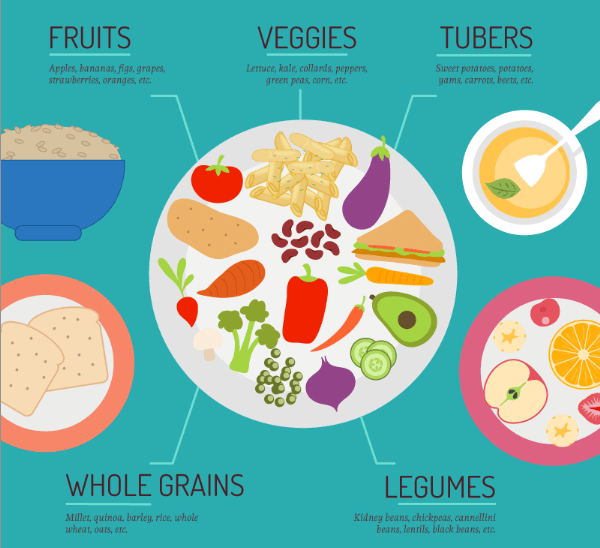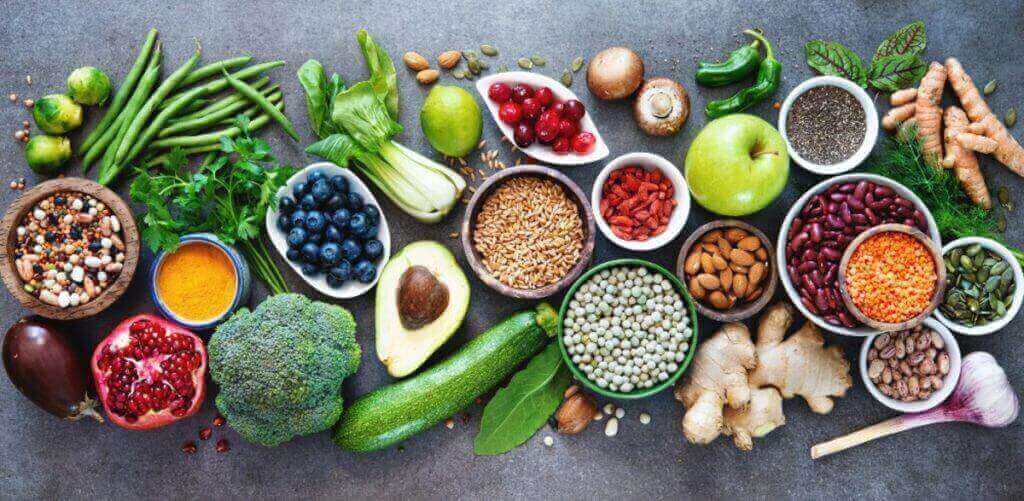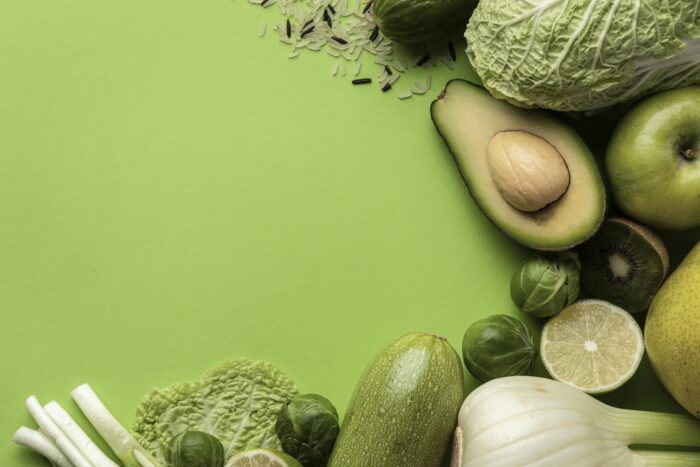
What cheese is vegan?
There are many dairy-free cheeses on the market today, and they're all made with plant-based ingredients. This type of cheese is becoming more and more popular, as people are choosing to live a vegetarian or vegan lifestyle.
Some people found that using cheese as a dessert is an excellent alternative to cheesecake. You can also use it to flavor soups, sandwiches, and grilled food. If you're looking for a good vegan alternative to cheese, look for these 10 brands:
What are the Ingredients of Vegan Cheese?
The best cheeses made from vegan ingredients are those that have the texture and flavor similar to cheese. These are a mixture of vegetable oils, proteins and nuts (mostly cashews and soybeans), which have been fermented by bacteria and then mixed with thickeners.

Is Vegan Cheese Healthy?
Vegan cheese tends to be lower in saturated fats than traditional cheese, and it often contains vitamin B12 added, which helps maintain a healthy nervous systems. The cheese is still processed. It can also contain sodium. Be sure to carefully read the labels.
How Is Vegan Cheese Made?
The majority of vegan cheeses are produced in the same way as dairy cheeses, but are based on milk derived from soy, hemp or coconut. A bacterial culture is added to the plant-based milk and it's blended with oil, emulsifiers or thickeners like tapioca flour, pea flour, arrowroot and agar to achieve a cheesy texture.
Some vegan cheeses, like some traditional cheeses, are aged. This helps them become drier while developing the flavor. This process can give the cheeses a tangy taste or make them chalky.
What Are Popular Vegan cheese Brands?
Many plant-based companies are on the market. However, a select few stand out. Daiya produces vegan mozzarella and cheese slices which stretch and melt the same as the dairy version. Another pioneer is Miyoko's, which produces a variety of vegan cheese products.

Nut cheese is one of the most common types of vegan cheese. It is made using a variety nuts and seeds that are used to produce a softer and creamier cheese than dairy cheese. The nuts or seeds are soaked and blended, and then cultured using the same bacteria which is used to create dairy cheese. Salt, nutritional yeast, and herbs are often added to the resulting vegan cheese.
Chickpeas and Aquafaba are two other common options. These cheeses may be suitable for people with an egg or dairy allergy, but some of them will need to cook in order to melt.
What Are the Different Kinds of Vegan Cheese?
The most common kinds of vegan cheese are shredded, spreads, blocks and sliced. The shredded varieties are perfect for spreading on toast or bagels or using in cheesy sauces, while the sliced and block varieties are ideal for sandwiches and pizza.
FAQ
How often should I exercise?
A healthy lifestyle requires regular exercise. But, you don't need to spend a specific amount of time exercising. The key is to find something that you enjoy and to stick with it.
You should aim to do 20-30 minutes of moderate intensity exercise three times per week. Moderate intensity means you'll be breathing hard long after you're done. This type of exercise burns approximately 300 calories.
Walking is a great option if you are a keen walker. You can do 10-minute walks four days per week. Walking is easy on the joints and has low impact.
Jogging is an alternative to running. You can do it for as little as 15 minutes each day. Running is an excellent way to lose weight and tone your muscles.
Start slowly if you aren't used to doing exercise. Start by only doing 5 minutes of cardio five times a week. Gradually increase the time you do cardio until your goal is reached.
What is the best food for me?
Your lifestyle and individual needs will determine the best diet for your body. You also need to consider how much energy you expend during exercise, whether you prefer low-calorie foods, and if you enjoy eating fruits and vegetables.
If you are trying to lose weight, then you may want to try intermittent fasting. Intermittent eating means you only eat specific meals throughout the day. It's not like three big meals. This method may work better than traditional diets which include daily calorie counts.
Research suggests that intermittent fasting may increase insulin sensitivity and reduce inflammation. This can result in improved blood sugar levels as well as a lower risk of developing diabetes. Other research suggests that intermittent fasting may promote fat loss and improve overall body composition.
What makes an antibiotic effective?
Antibiotics are medications that kill harmful bacteria. Antibiotics are used for treating bacterial infections. There are many different types of antibiotics. Some are administered topically, while others are given orally.
Antibiotics are often prescribed to people who have been exposed to certain germs. To prevent shingles, an oral antibiotic may be prescribed to someone who has had chicken pox. Or, if someone has had strep throat, he or she might receive an injection of penicillin to help prevent pneumonia.
If antibiotics are to be administered to children, they must be prescribed by a doctor. Side effects of antibiotics can be more dangerous for children than for adults.
Diarrhea is the most common side effect from antibiotics. Other side effects include dizziness, nausea and vomiting, dizziness, stomach cramps, dizziness, allergic reactions, dizziness, dizziness, stomach cramps, diarrhea, nausea, vomiting, allergy, headaches, dizziness, dizziness, dizziness, stomach cramps, and stomach cramps. These side effects usually disappear once treatment has ended.
Here are 7 ways to live a healthy lifestyle.
-
Be healthy
-
Exercise regularly
-
Sleep well
-
Drink lots of water
-
Get enough rest
-
Be happy
-
Smile often
Statistics
- nutrients.[17]X Research sourceWhole grains to try include: 100% whole wheat pasta and bread, brown rice, whole grain oats, farro, millet, quinoa, and barley. (wikihow.com)
- According to the Physical Activity Guidelines for Americans, we should strive for at least 150 minutes of moderate intensity activity each week (54Trusted Source Smoking, harmful use of drugs, and alcohol abuse can all seriously negatively affect your health. (healthline.com)
- Extra virgin olive oil may benefit heart health, as people who consume it have a lower risk for dying from heart attacks and strokes according to some evidence (57Trusted Source (healthline.com)
- This article received 11 testimonials and 86% of readers who voted found it helpful, earning it our reader-approved status. (wikihow.com)
External Links
How To
What does the term "vitamins" mean?
Vitamins are organic compounds found naturally in food. Vitamins help us absorb nutrients from foods we eat. The body cannot make vitamins; therefore, they must be obtained from food.
There are two types if vitamins: water soluble, and fat soluble. Water soluble vitamins dissolve easily in water. Examples include vitamin C,B1 (thiamine), B2 (riboflavin), B3 (niacin), B6 (pyridoxine), folic acid, biotin, pantothenic acid, and choline. The liver and fat soluble vitamins are stored in fatty tissue. Examples include vitamin D, E, K, A, and beta carotene.
Vitamins can be classified by their biological activity. There are eight main groups of vitamins.
-
A – Essential for normal growth, and the maintenance of good health.
-
C is important for nerve function and energy production.
-
D - essential for healthy teeth and bones.
-
E is required for good vision and reproduction.
-
K - essential for healthy nerves, muscles, and joints.
-
P - Vital for strong bones and teeth.
-
Q – aids digestion and absorption.
-
R - Required for red blood cell production
The recommended daily allowance (RDA) of vitamins varies depending on age, gender, and physical condition. The U.S. Food and Drug Administration, (FDA), sets the RDA value.
For example, the RDA for vitamin A is 400 micrograms per dayfor adults 19 years or older. Because it is essential for the development of the fetus, pregnant women should consume 600 micrograms per days. Children ages 1-8 require 900 micrograms per day. For infants younger than one year, 700 micrograms are required daily. However, this number drops to 500 micrograms each day for children aged 9-12 months.
Children aged 1-18 require 800 micrograms of sugar per day, while those who weigh more than 1200 need 1000. For their nutritional needs, underweight children need 1200 mg per day.
Children aged 4-8 years old who have been diagnosed as having anemia require 2200 micrograms of vitamin C per day.
2000 micrograms is the minimum daily intake for general health in adults older than 50 years. Mothers who are pregnant, nursing, or have a high nutrient need will require 3000 micrograms a day.
Adults over 70 require 1500 micrograms each day, since they lose approximately 10% of muscle mass each decade.
Women who are pregnant and lactating need more nutrients than the RDA. Pregnant woman need 4000 micrograms daily in pregnancy and 2500 per day after childbirth. Breastfeeding mothers need 5000 micrograms per day when breast milk is being produced.